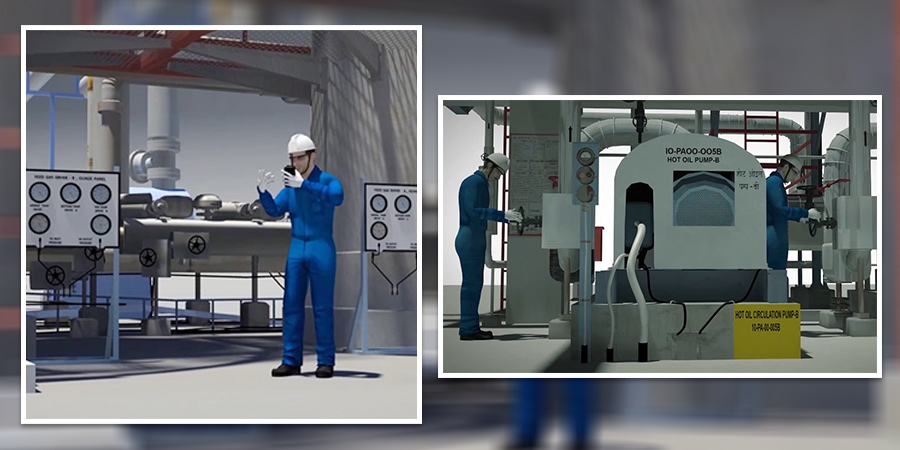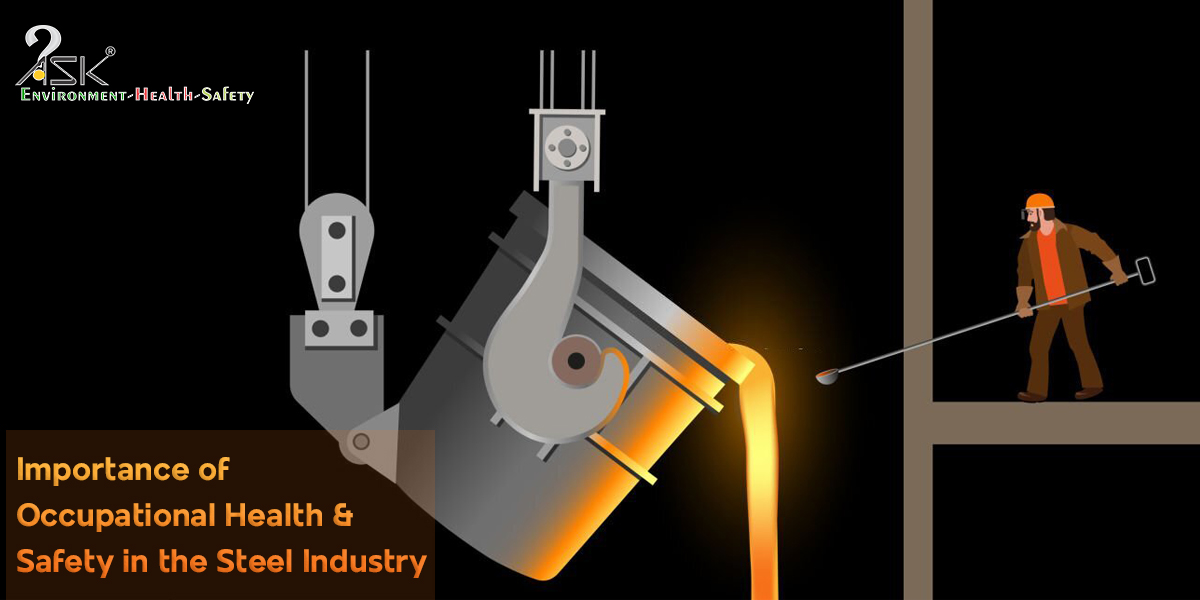Best Practices to Help People Work Smarter

Imagine you have ordered a washing machine for your home, but when it arrives and you unbox it, the instructions manual is missing from the box. What happens then, if you try to install and run it without an instruction manual? It is difficult and there are chances that you make a mistake.
Now think about, what if you are working on operational or constructional sites without a proper set of instructions to be followed?
Standard Operating Procedure (SOP) or Safety Operating Procedure is a set of step-by-step instructions detailing how to undertake a specific task. SOP’s are developed for specific activities which are considered hazardous in nature, or activities which have numerous sub activities or for activities which may be performed by different individuals at different times. There may be few activities which may have the potential for all the 3 elements.
So now the question arises, what is the difference between a “Safety or Standard Procedure (SP)” and “Safety or Standard Operating Procedure (SOP)”?
Let’s take an example here A company may have various procedures like Maintenance, PPE, Confined Space, Lock Out Tag Out and many more. Now think, if an activity has to be undertaken where all these procedures apply in parts or in full than the company has to rely on the memory and ability of the performer to ensure that no procedure are over looked but then there is always a risk that he or she may skip or forget a procedural requirement, leading to disastrous consequences.
This is where a Standard Operating Procedure is helpful. It details each and every step in sequential manner, for an individual activity. If the activity requires more than one person to operate than it should have clear steps of what needs to be done and when. An SOP should incorporate, all the steps required to be undertaken, hazards, inherent risks, residual risks and control measures.
Why it is required?
- Because there are some activities which require strict adherence to ensure correct outcome.
- Because the activity performer may forget a step or 2, which may result in disastrous conditions.
- Because there are chances of misinterpretation between 2 operators working in different shifts.
Benefit of SOP’s:
- All the steps for an activity are listed which ensures strict adherence.
- With a written set of instructions the chances for a performer to forget steps are reduced.
- Describing steps clearly ensures zero chances of misinterpretation and miss communication between separate operators.
- Ensures same outcome each time when an activity is undertaken.
- Creates a safer work environment
- Helps in training new employees.
- Helpful in providing refresher training.
Thus, SOP’s not only present clear sketch for HOW of procedures, but also explain WHY. This helps in communicating proper reasons why employees are supposed to perform tasks in an outlined manner.
Standard Operating Procedure can be explained best with animation safety videos which are easy to visualize, are creative and practical.
Would you like to share your views? Send us your comments and suggestions.


